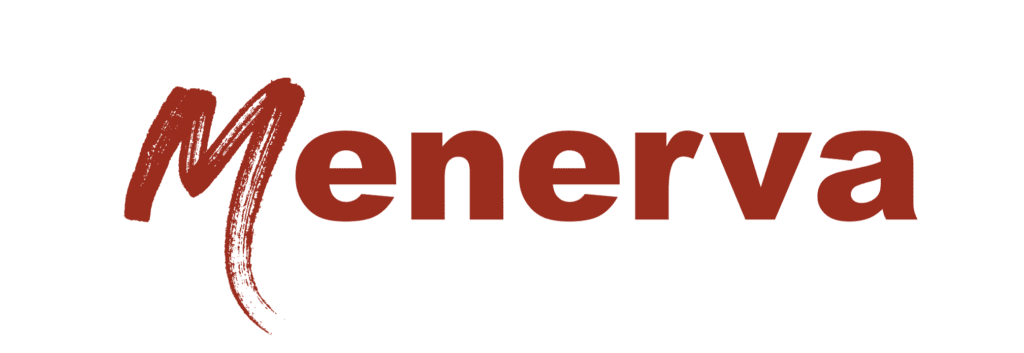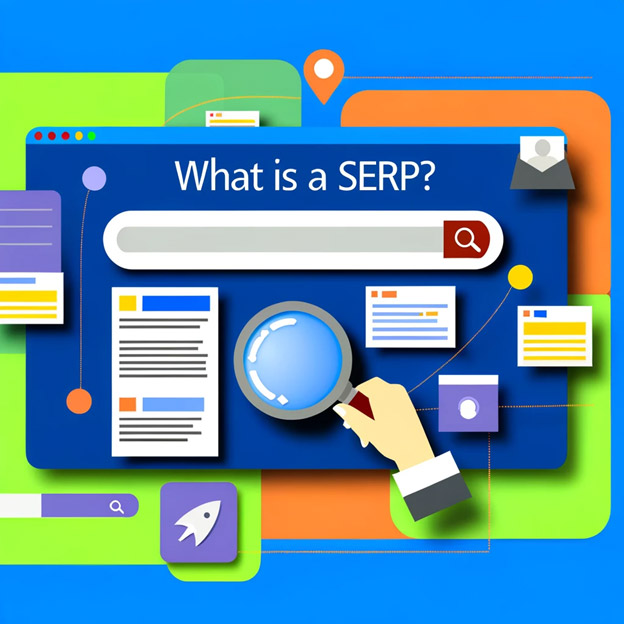Search Engine Result Page (SERP) Explained
If search engine optimization only existed behind a locked door, Google’s Search Engine Results Pages (SERPs) would hold the key to visibility, traffic, and success. In this post, we’ll delve into the anatomy of a SERP, distinguish between organic and paid results, and show you how strategically using SERP features can empower you to develop winning strategies. So, let’s explore these facets on your journey to SEO excellence.
What is a SERP?
A SERP is the page search engines like Google display in response to a user query. While the basic premise is consistent across search engines like Bing, Yahoo, and Duck Duck Go, SERPs on Google are particularly influential due to its dominant market position. Each SERP reflects a blend of organic search results, paid advertisements, and specialized features to satisfy the user’s search intent.
How do SERPs work?
Search engines use intricate algorithms and user behaviors in response to user queries to deliver relevant and authoritative content in response to user queries. The process can be distilled into several key components:
- Crawling and Indexing: Search engines deploy web crawlers to scour the internet, index web pages and catalog content based on relevance and authority.
- Query Processing: When a user enters a search query, search engines analyze the query’s intent and context to retrieve relevant results from their vast index of web pages.
- Ranking Algorithm: Sophisticated ranking algorithms determine SERP rankings by assessing factors such as content relevance, authority, and user experience to prioritize listings accordingly.
Types of Queries
The foundation of any SERP is the user’s search query, which can generally be classified into three main categories:
- Informational Queries: Curious users asking “what,” “how,” or “why.”
- Navigational Queries: Users aiming to reach a specific website or page.
- Transactional Queries: Consumers looking to make a purchase or complete an action.
Each query type influences the SERP’s composition, prompting Google to prioritize certain results and features over others.
Organic vs. Paid Results
In digital marketing, the distinction between organic and paid search results on Google’s SERPs is pivotal for crafting effective strategies. Organic results earned through effective SEO are valued for their credibility and cost-effectiveness, offering sustained traffic without the cost-per-click associated with paid ads. Achieving high rankings in organic search hinges on high-quality content, robust on-page and technical SEO, and online authority. Users consider these results more trustworthy because Google deems them the most relevant and authoritative answers to search queries.
Conversely, paid search results provide immediate visibility and precise audience targeting through pay-per-click (PPC) advertising campaigns. Advertisers can quickly secure top positions on SERPs, paying a fee every time a user clicks their ad. This model offers unmatched measurability and flexibility, allowing for detailed ROI analysis and budget adjustments based on performance. Effective paid search strategies involve meticulous keyword research, ad copy that resonates with users, and optimized landing pages to maximize conversions.
Integrating both organic and paid search strategies allows for a comprehensive approach to digital marketing, leveraging the long-term benefits of SEO and the immediate impact of PPC advertising. This dual approach ensures a broad and effective online presence, catering to sustained growth and specific, short-term goals.
SERP Click-Through Rate Dynamics
Studies and data analytics have consistently shown that the CTR for listings decreases as you move down the SERP. The first organic listing typically enjoys the highest CTR, often significantly higher than those below it. Here’s a simplified overview of how CTR tends to change with SERP position:
- #1 Listing: Receives the highest CTR, which can be as high as 30% or more for certain queries. This means that nearly one-third of all users searching for that specific term will click on the first organic result.
- #2 Listing: Sees a notable drop in CTR, often roughly half that of the first position.
- #3 Listing and Below: The CTR continues to decline sharply with each subsequent position. Listings beyond the first page of Google’s SERPs (positions 11 and below) experience a dramatic fall-off in CTR, often to less than 1%.
SERP Features
Google’s SERPs are a mosaic of features designed to enrich the user experience. Key features include:
- Google Ads: The prime real estate of SERPs, reserved for paid advertisements.
- Featured Snippet: A spotlight on content that directly answers a user’s query, positioned at the very top of organic results.
- Image Pack: A selection of relevant images that appear horizontally, offering visual answers to queries.
- In-depth Articles: Articles providing comprehensive insights into complex topics.
- Knowledge Card and Panel: Fact-based boxes presenting concise, authoritative information on a wide range of subjects.
- Local Pack and Teaser Pack: Features highlighting local businesses, complete with maps, reviews, and contact information.
- News Box: Timely news articles related to the search query.
- Related Questions: A dynamic list of follow-up queries based on the original search, encouraging deeper exploration.
- Reviews: Star ratings and reviews for products, services, or places that directly influence user decisions.
- Shopping Results: A showcase of products relevant to the search query, including prices and purchasing options.
- Sitelinks: Additional links from a single website, facilitating quick navigation to important pages.
- Tweets: Recent tweets offering real-time insights into trending topics.
- Video: Video content that matches the search query, providing visual and auditory information.
Impact of SERP Features on SEO
Each SERP feature represents an opportunity for visibility. For instance, appearing in a Featured Snippet can catapult your content to “position zero,” offering unmatched exposure. Optimizing for local search becomes critical with features like the Local Pack, necessitating accurate and comprehensive Google My Business listings.
Rankings and Their Relation to the SERP
A complex Google algorithm determines the ranking of both organic and paid results. Organic rankings hinge on factors like relevance, site authority, user experience, and content quality. Paid rankings, meanwhile, are influenced by the ad’s relevance, bid amount, and quality score. Achieving high rankings in both arenas is essential for maximizing visibility and traffic.
The path to SEO success is intricately linked with mastering Google’s SERP. By understanding the nuances of search queries, the dynamic interplay between organic and paid results, and the strategic importance of SERP features, you can devise sophisticated strategies to conquer search rankings.
How Menerva Digital Can Help
Elevate your brand’s online presence with Menerva Digital’s enterprise SEO services, where our expertise in integrating organic and paid search strategies ensures unparalleled visibility and growth. Partner with us to harness the power of advanced SEO tactics tailored to your business goals. Discover how Menerva can transform your digital landscape today.





